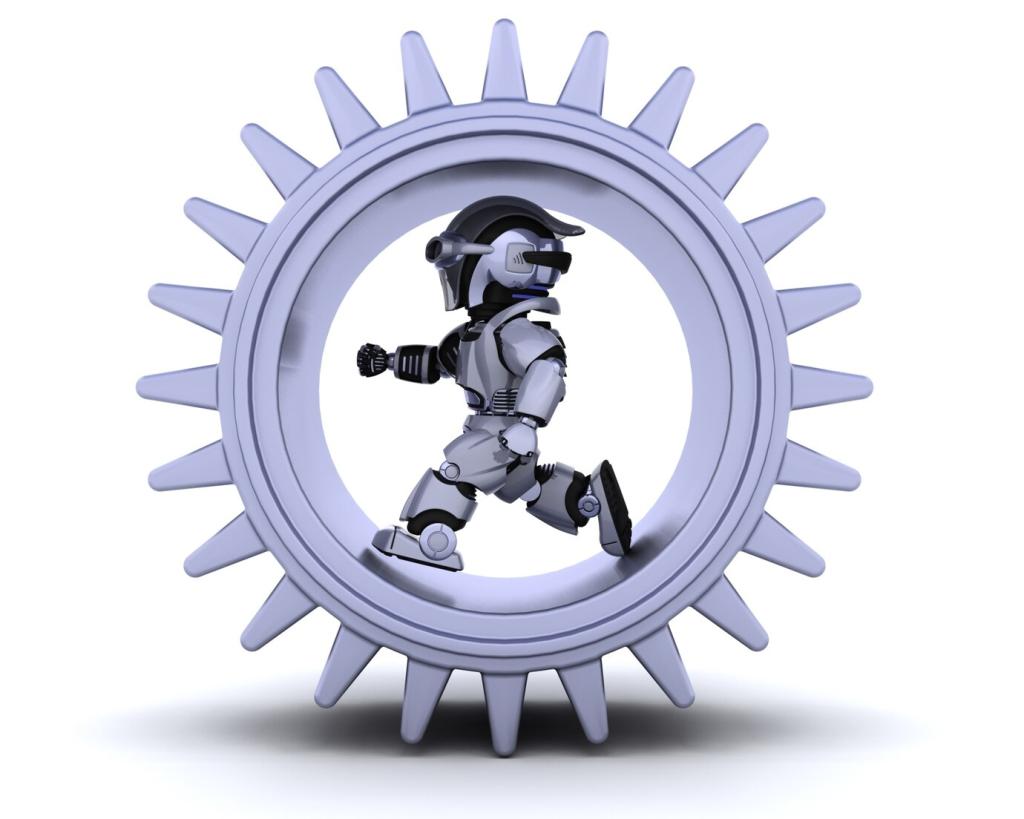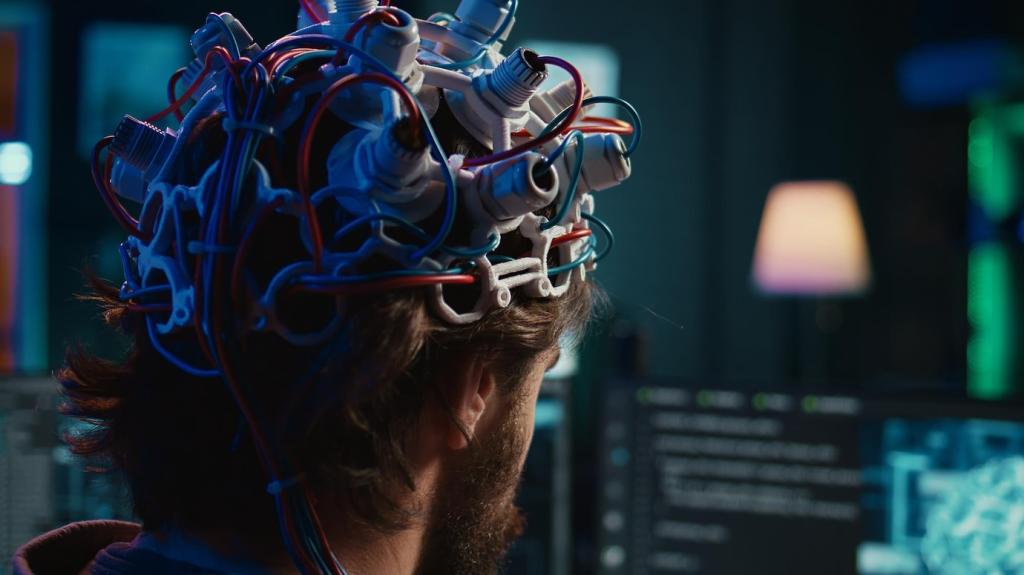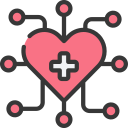AI-Powered Diagnostic Tools Revolutionizing Healthcare
The rapid evolution of artificial intelligence has ushered in a transformative era for healthcare, particularly in the realm of diagnostics. AI-powered diagnostic tools are changing the way diseases are detected, interpreted, and managed, leading to more accurate, timely, and personalized patient care. These innovations are not only augmenting the capabilities of healthcare professionals but also making diagnostics more accessible and efficient on a global scale. This revolution has significant implications for patient outcomes, healthcare costs, and the overall future of medicine.

Previous slide
Next slide

Empowering Personalized Medicine
Genomic Data Interpretation
Analyzing genetic data is a complex task due to the sheer volume and variability of information. AI-powered platforms can efficiently sift through entire genomes, highlighting genetic mutations or markers associated with specific diseases. This enables clinicians to identify patients at high risk for certain conditions and to develop personalized prevention or management plans, including targeted therapies. As genetic testing becomes more accessible, AI-driven interpretation ensures precision in translating raw data into actionable clinical guidance.
Predictive Risk Assessment
AI diagnostic systems can combine patient history, clinical data, and real-time biometrics to forecast the likelihood of disease development. This predictive ability supports proactive healthcare, allowing for earlier interventions and lifestyle modifications aimed at disease prevention. Such personalization ensures that patients receive care tailored to their individual risk factors, thereby improving outcomes and resource allocation, while fostering a more engaged approach to health maintenance and disease management.
Tailored Treatment Recommendations
Beyond diagnosis, AI tools are instrumental in selecting the most effective treatments based on an individual’s unique profile. By analyzing relevant data—including biomarkers, response predictors, and patient preferences—AI can suggest personalized treatment regimens, optimize medication doses, and anticipate potential side effects. This customization enhances both treatment efficacy and patient adherence, as care is designed specifically for each individual’s needs and circumstances.
Decision Support for Clinicians
AI diagnostic tools act as valuable decision support systems, offering evidence-based recommendations and highlighting possible alternative diagnoses. By presenting additional insights based on the latest research and patient data, these tools reduce the cognitive burden on clinicians and help counteract errors caused by fatigue, information overload, or cognitive biases. The result is a dual-layered diagnostic process that improves consistency and reliability in medical decision-making.
Error Pattern Recognition and Correction
AI systems are adept at identifying error patterns in historical clinical data. By learning from past mistakes, these tools can alert healthcare providers to potential pitfalls and deviations from standard protocols, especially in complex cases. Ongoing error monitoring and feedback mechanisms ensure that healthcare professionals continuously improve their diagnostic accuracy, elevating the overall safety and quality of care.
Enhanced Differential Diagnosis
AI-driven platforms excel in generating and refining differential diagnoses by rapidly analyzing comprehensive patient information. These systems can suggest rare or atypical conditions that might not be immediately considered, particularly in intricate cases with overlapping symptoms. This expanded approach broadens the diagnostic net and ensures that potential conditions are not overlooked, contributing to more thorough and accurate patient evaluations.
Telemedicine platforms integrated with AI diagnostic tools empower clinicians to evaluate patients across distances, breaking down geographical barriers. Physicians can send images, lab results, and patient information for AI analysis, receiving prompt, reliable diagnostic support regardless of location. This capability is especially valuable in rural or low-resource settings, where access to specialists and advanced diagnostic equipment is limited.

Integrating Multimodal Data for Deeper Insights
Combining Imaging with Clinical Data
Modern AI tools do not limit themselves to standalone image analysis. By integrating imaging findings with patient histories, clinical notes, and laboratory results, these platforms produce more nuanced and accurate diagnoses. For example, an AI system may correlate radiological evidence with elevated biomarkers to confirm a cancer diagnosis or identify progression, informing more effective care pathways and ongoing monitoring.
Leveraging Data from Wearable Devices
Wearable technology generates a continuous stream of health-related data, including heart rate, activity levels, and sleep patterns. AI can interpret this influx of information in real time, detecting anomalies or early warning signs of chronic conditions. By integrating these insights into the diagnostic process, clinicians obtain a more holistic understanding of patient health, enabling earlier intervention and proactive disease management.
Electronic Health Record Analysis
Electronic health records (EHRs) contain a wealth of structured and unstructured data about patient interactions, treatments, and outcomes. AI-powered systems extract valuable insights from this complex information, revealing diagnostic patterns, uncovering comorbidities, and identifying gaps in care. Automation of EHR analysis saves clinicians substantial time, reduces administrative burdens, and helps ensure no critical information is missed during the diagnostic process.
Supporting Continuous Learning and Evolution
AI diagnostic systems are routinely updated with fresh datasets and clinical outcomes, leading to improved recognition of disease patterns and predictive accuracy. This ongoing algorithm training means that the tools become increasingly proficient and capable over time, adapting to new conditions and emerging health threats. It also ensures that diagnostic recommendations reflect the most up-to-date scientific evidence and medical guidelines.
Improving Workflow Efficiency and Cost-Effectiveness
Automated Reporting and Documentation
AI systems can automatically generate diagnostic reports, summarize findings, and structure patient information in a clear, standardized format. This reduces the administrative workload on clinicians, minimizes errors in documentation, and ensures that critical information is effectively communicated to all members of the healthcare team. Faster report generation also shortens turnaround times and expedites patient care.
Resource Optimization
AI diagnostic tools help healthcare institutions allocate resources more efficiently by anticipating demand, reducing unnecessary tests, and ensuring optimal utilization of specialized staff and equipment. Predictive analytics enable better capacity planning and case scheduling, leading to higher operational efficiency and reduced healthcare costs. Savings realized from these improvements can be reinvested into patient care, expanding access and advancing quality.
Clinical Decision Streamlining
By providing real-time, evidence-based diagnostic support, AI systems streamline clinician decision-making and reduce the time spent on case reviews and consultations. Automated flagging of significant findings or anomalies allows healthcare providers to prioritize their attention where it is most needed. These workflow enhancements improve both patient throughput and the overall effectiveness of healthcare delivery.
Join our mailing list
